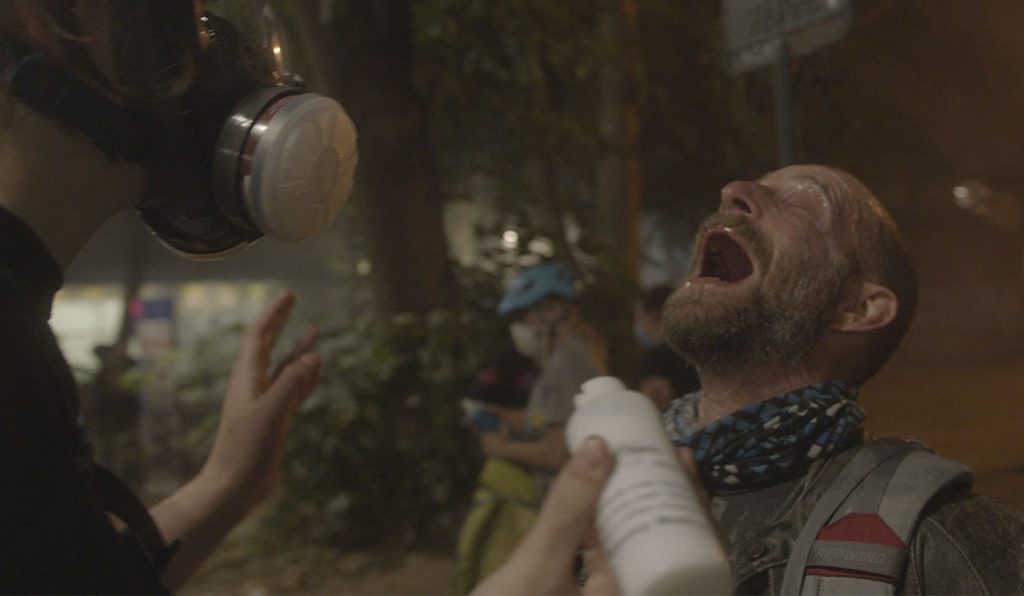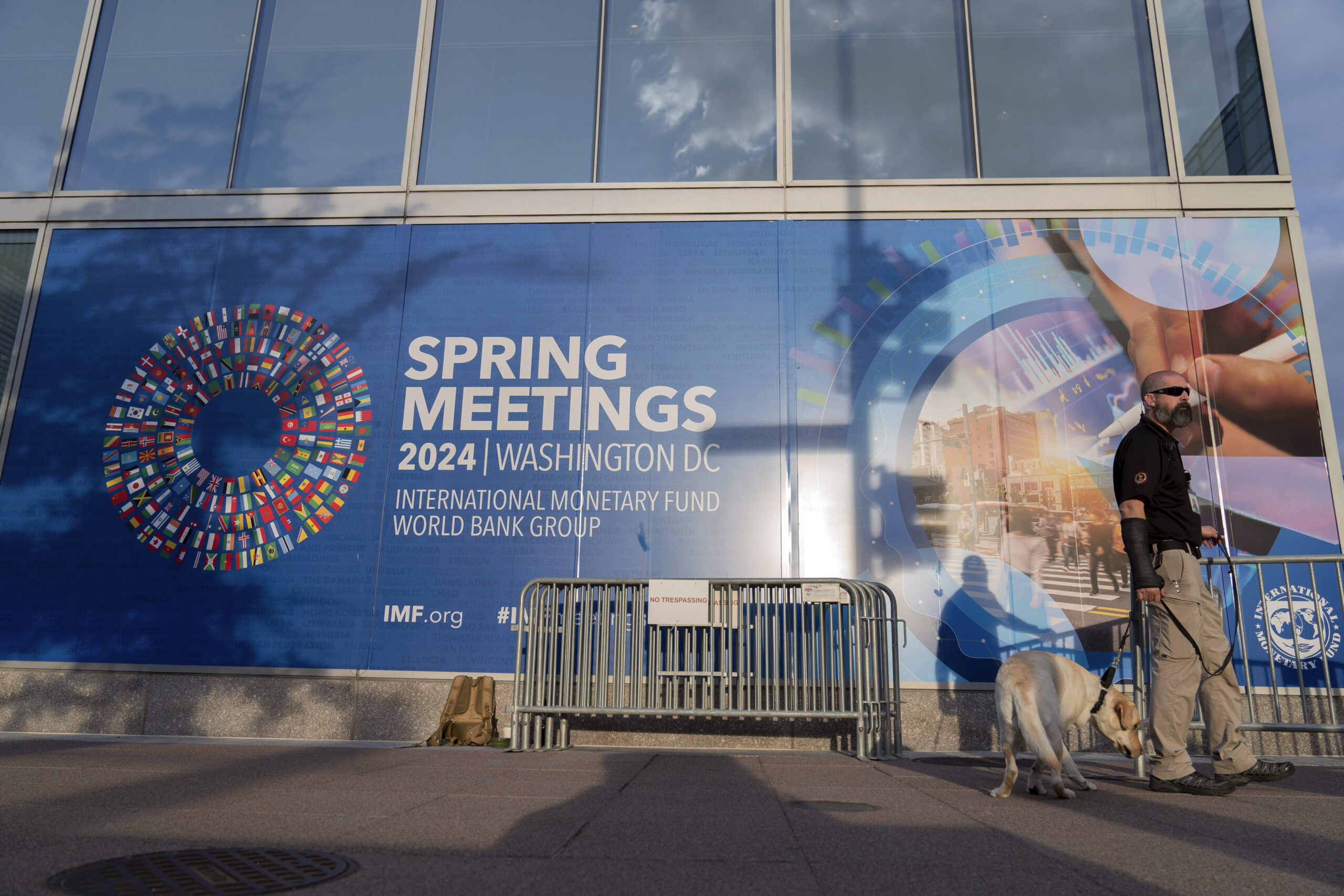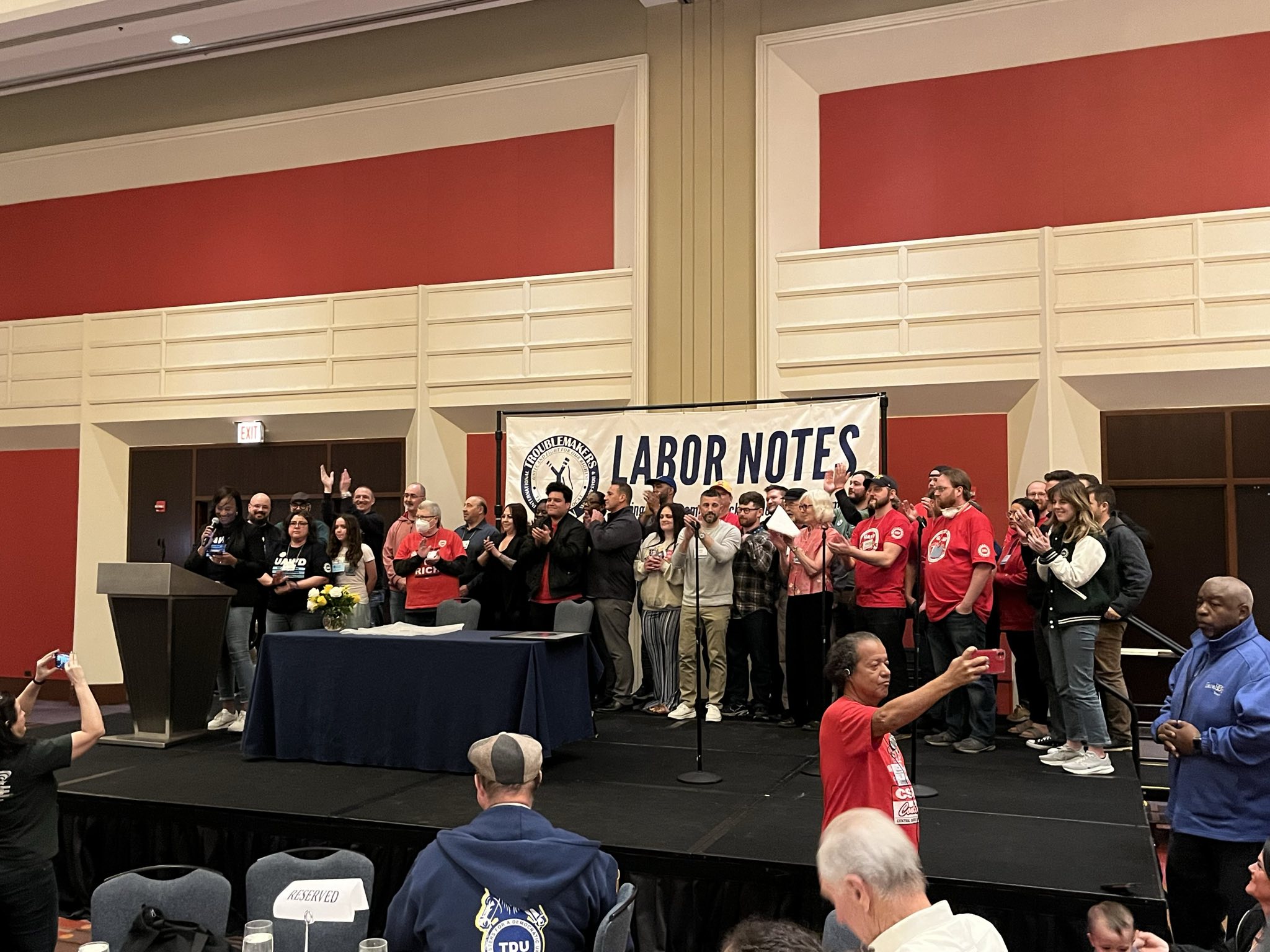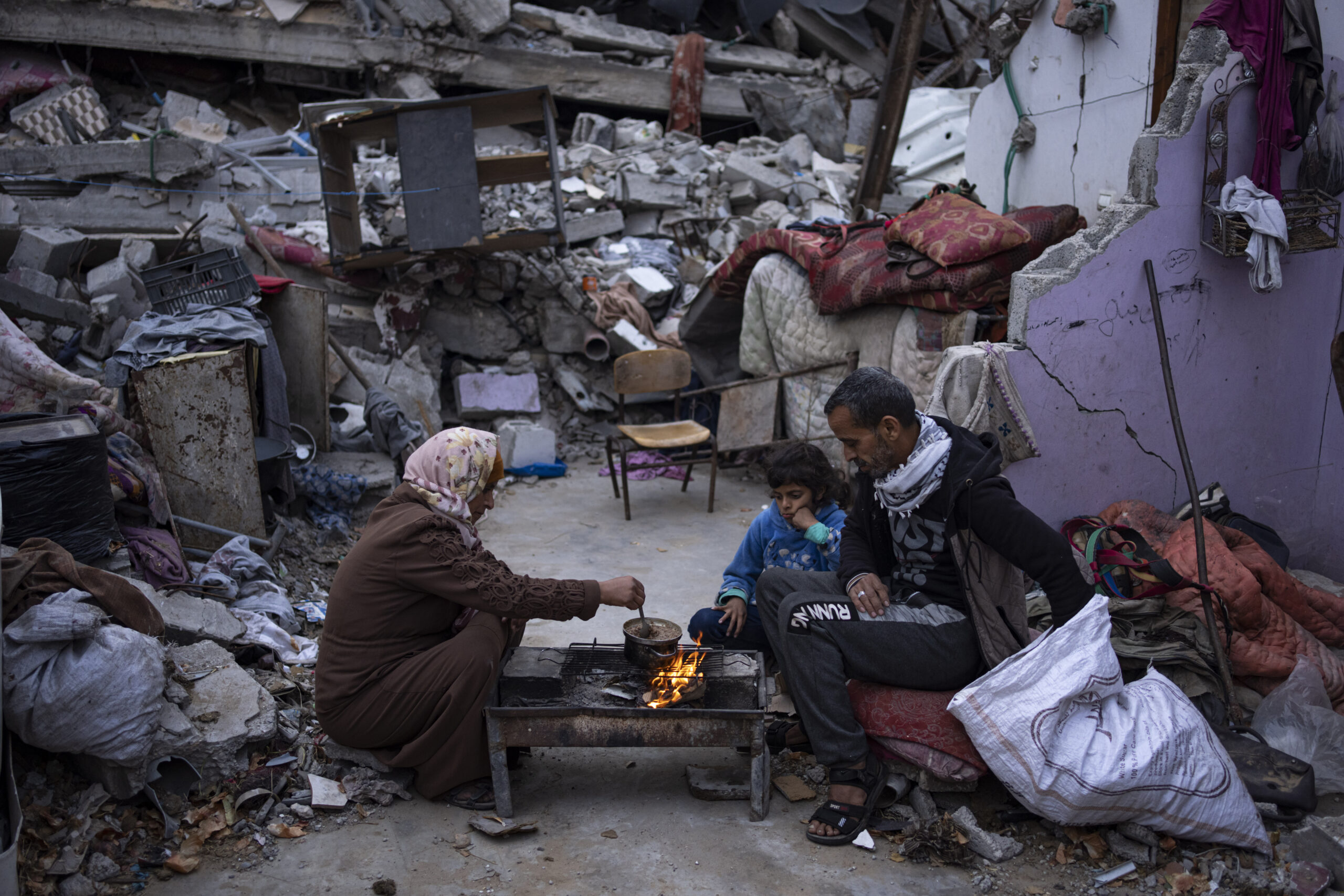
Tear gas has been on the minds, and in the lungs, of many people lately. Since Minneapolis police killed George Floyd on May 25, protesters in thousands of towns and cities have staged marches, rallies, demonstrations, and occupations. In at least 100 U.S. cities, police have unleashed tear gas, ostensibly to disperse crowds. Yet, for many, the use of this chemical weapon continues to feel less like police are engaging in defense or de-escalation than in offense, escalating the confrontations and intending to cause protesters pain.
Reflecting on the role of tear gas in the past can help us understand the present, particularly why police have been using it to attack protesters. In fact, tear gas—which refers to several different chemicals, is not really a gas, and causes many more physical effects than simply tears—was frequently used by the U.S. military as an offensive weapon during the U.S. war in South Vietnam in the 1960s. Today, police are reprising this approach daily.
Tear gas reveals the interrelationship of war and policing, or, perhaps better put, policing as political war.
Cold War Chemicals
During the Cold War, the United States adopted tear gas, particularly today’s commonly used chemical CS, as a military weapon at the same time it began distributing it to many other countries’ police forces. CS, therefore, possessed two tactical values. In the setting of war, it could be used as an adjunct to more lethal forms of violence. In the setting of policing, it could be used instead of more lethal forms of violence. Today, these two distinct approaches are converging. CS is becoming the primary vector of police violence toward protesters.
Initially, CS was called a “super” tear gas because its effects were more intense than existing compounds, which dated to the first world war. CS was a new addition to the arsenals of world militaries in the 1960s. In Vietnam, CS would typically be used to force people out of hiding, whether from bunkers and tunnels or from thick tropical underbrush. As choking and gagging civilians—or hardened guerrillas—tried to flee the clouds of gas, soldiers would sometimes detain them, but often shoot them with conventional firearms. Tear gas was not used to de-escalate conflict but to heighten it.
For police engaged in controlling labor protests or student demonstrations, tear gas advanced repression by making it seem “less lethal,” the term still used to describe it today. This weapon was supposed to be more humane than the alternative of bayonets, firearms, or explosives. Using those lethal tools made the police seem, at the very least, opposed to free expression or, more commonly, bigoted and brutal.
Contemporary Chemicals
Using tear gas in an offensive, rather than defensive, tactical repertoire of war provides the precedent for its use in recent protest policing in the United States. Yet rather than using tear gas as preparation for more lethal violence, its dispersal is now the end in itself.
As videos surface of police blasting pepper spray in the faces of seated demonstrators or pinning protesters on the ground beside a grenade spewing a cloud of gas, it is clear police are using potent chemicals to exact suffering. The pain produced is the apparent tactical objective. Officially, the chemical is designed to cause people to flee, but it has frequently been deployed in situations when protesters are unable to easily escape, pinned against fences or blocked by phalanxes of baton-wielding police officers.
The pain from the chemical is intense, though usually short lived. Most importantly, unlike batons or bullets, tear gas doesn’t leave a mark on its victims. (Police do sometimes inflict grievous injuries, however, by shooting gas projectile grenades directly at people. Like in Chile in 2019, police in the United States have been blinding protesters with impact munitions and chemical canisters shot directly at people’s heads.)
After short-term pain subsides, the long-term effects of tear gas exposure remain incompletely understood. Already there are indications that widespread use today has been causing harm to reproductive organs and dysregulating hormone levels. During a pandemic that affects respiratory systems and whose virus is spread by coughing, using a chemical that makes people cough is risky.
Tear gas is indiscriminate, and as such it can target whole populations or neighborhoods. It will affect the most aggressive protesters on the frontline of a crowd as much as the children or elderly at the edges. Politically, its message is: everyone who is protesting is the same, and all are the enemy of the state.
Policing as political war takes technological innovations designed to improve the legitimacy of the state’s coercive apparatus and redeploys them in new ways that contradict the design. Fueling this dynamic evolution is the common practice of drawing technologies from the setting of battlefield zones and repatriating them into the hands of police. We have become habituated to these transfers.
Chemicals and Capitalism
Police departments spend money on tear gas because it is considered a quick-fix. It is much easier to use and cheaper to purchase than labor-intensive training in crowd management and the patient implementation of de-escalation techniques. Evidence from recent protests indicates that many officers are issued these chemicals with minimal training.
Tear gas manufacturers are constantly seeking new markets to continue increasing revenue. Supply-side pressures are consistent. In the 1960s, one goal of supplying CS to other countries was to make them reliant on U.S. firms. The idea was that once other countries exhausted the supply granted to them by the United States, they would buy more from U.S. manufacturers. There has never been much concern for the poorly paid U.S. workers who concoct it and suffer horrendously as profits soar.
In some cases, in the era of import-substitution industrialization, the United States helped cultivate a native tear gas manufacturing sector, such as in Brazil. Today, Brazil is one of the major global suppliers (and users) of tear gas. Even if the United States stopped manufacturing the chemical tomorrow, its old clients would be able to still saturate the marketplace. Consider that a lasting achievement of U.S. imperialism.
Chemical Bonds
Today, the massive wave of protests across the United States—and even around the globe—against police violence continues to face a brutal response by police. Whereas tear gas was once intended to mitigate the violence police inflicted on protesters, today, it is one of the primary forms of that violence. And, in response, some elected officials are issuing new policies on the use of the chemical. Where once it was to aid governments’ legitimacy, today it is marking police as illegitimate and out of control.
One result of the abuse of tear gas, as protesters have been demanding justice for George Floyd, is that higher percentages than ever before now believe racism in the United States is a problem that needs to be addressed, including by transforming policing. As the protest chant has it, many now are demanding that we “Defund! Disarm! Abolish the police!”
Policing in the United States is a highly decentralized institution, with over 18,000 police forces and no central command. Yet they increasingly seem to act in unison and speak with a single voice. Tear gas is one instance of this unity. Its use by both federal law-enforcement officers and local police alike in Portland, Oregon, despite political disagreements between the president and the governor and mayor, illustrates both technological convergence and agreement on the imperative of political war against protesters.
Just as tear gas was once supposed to unify individual countries under the umbrella of U.S.-led capitalism, both by stifling any challenges to it and creating circuits of security commodities, today we can see how police within the country are unifying across jurisdictions. Despite the pain tear gas causes, its effect has been to reveal the systemic nature of the problem of police.
Despite the wishes of police, it is unlikely the current opposition to this system is going to evaporate like a cloud of gas.
Stuart Schrader is a Lecturer / Assistant Research Scientist in Sociology at Johns Hopkins University, teaching courses in Africana studies, international studies, political science, and sociology.



